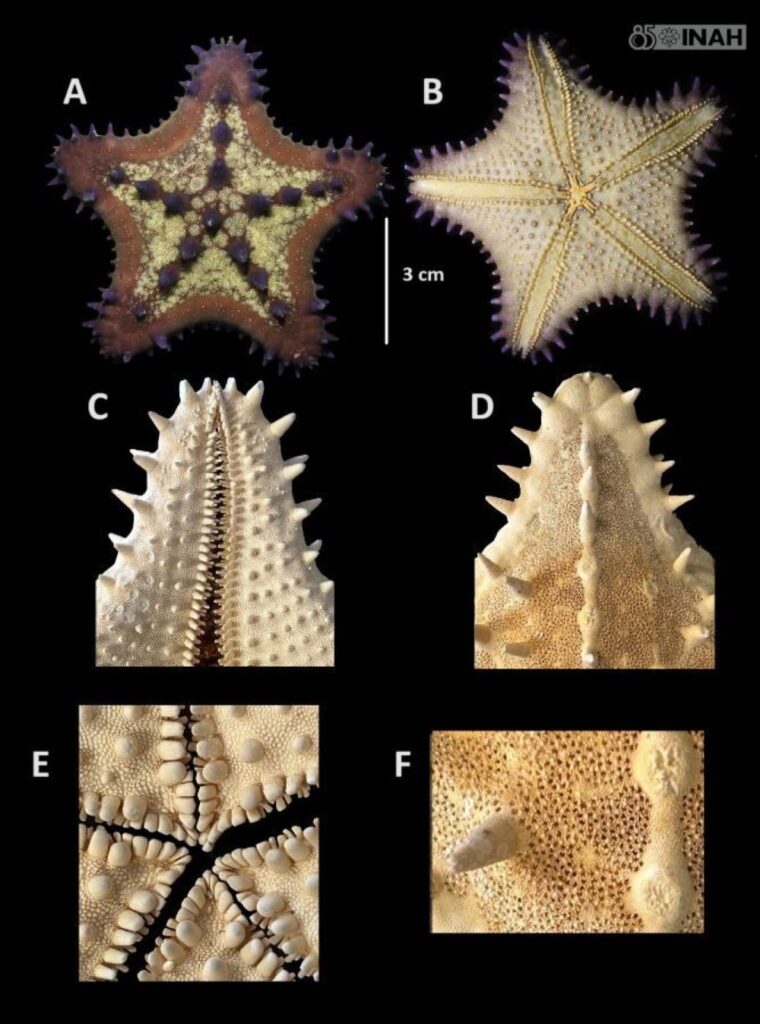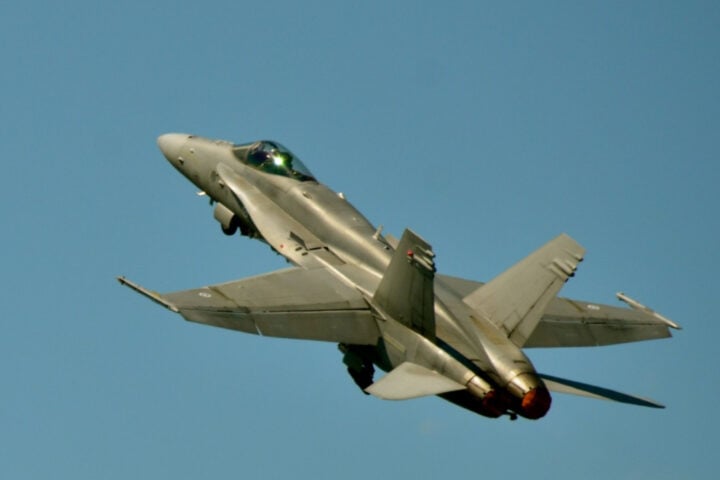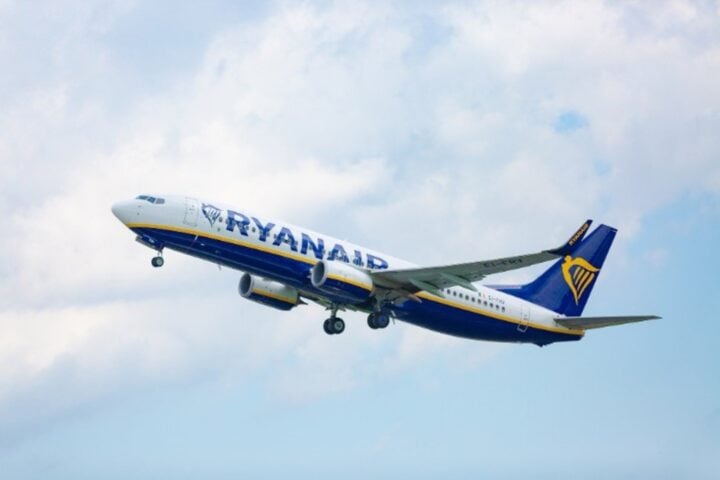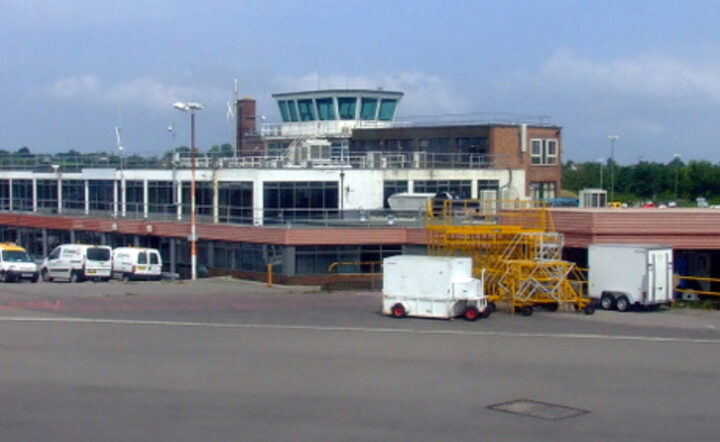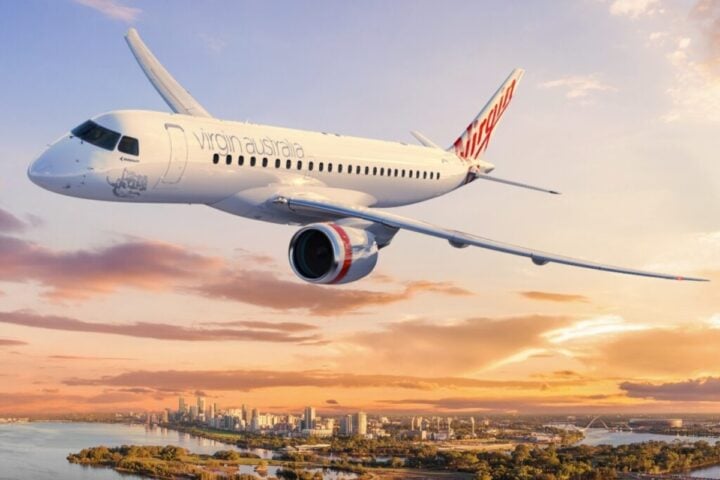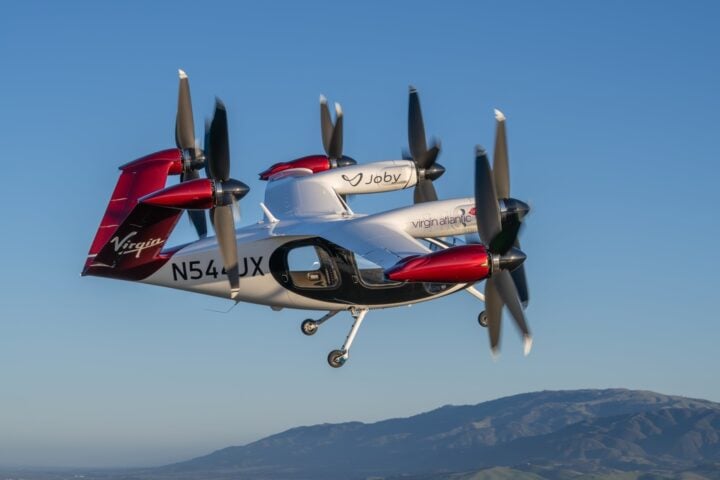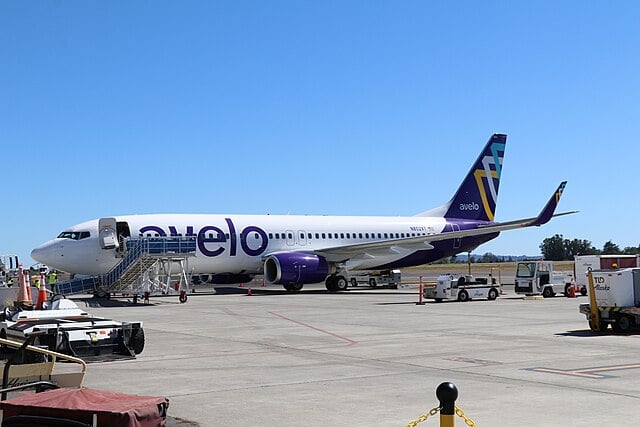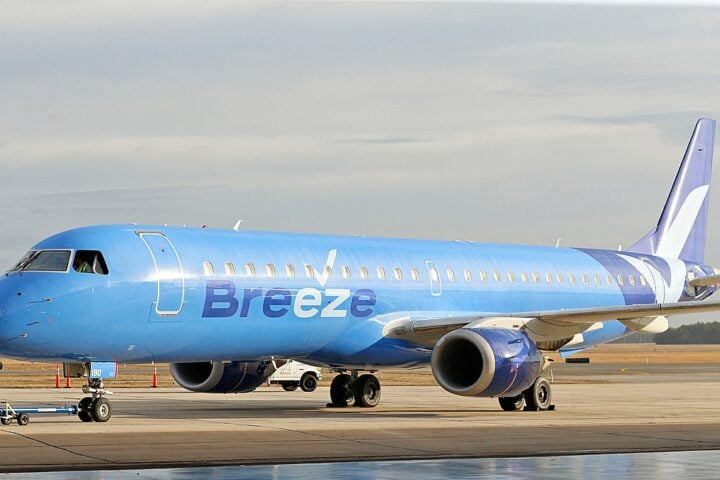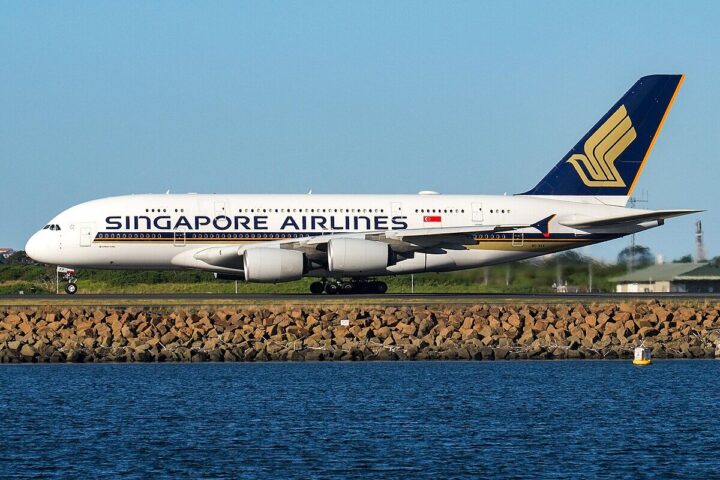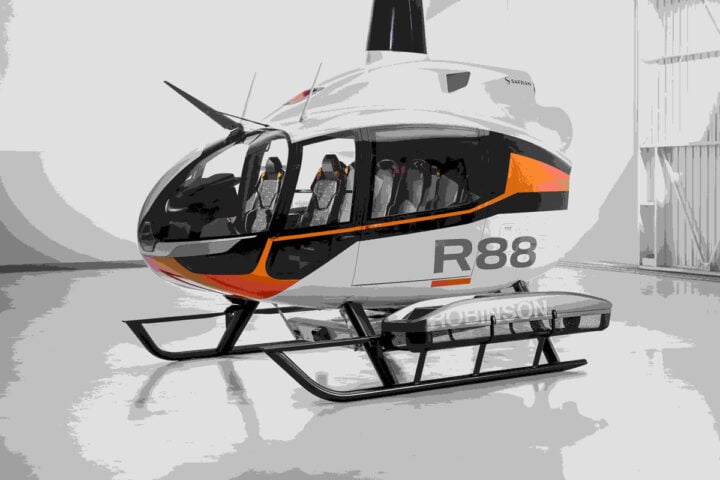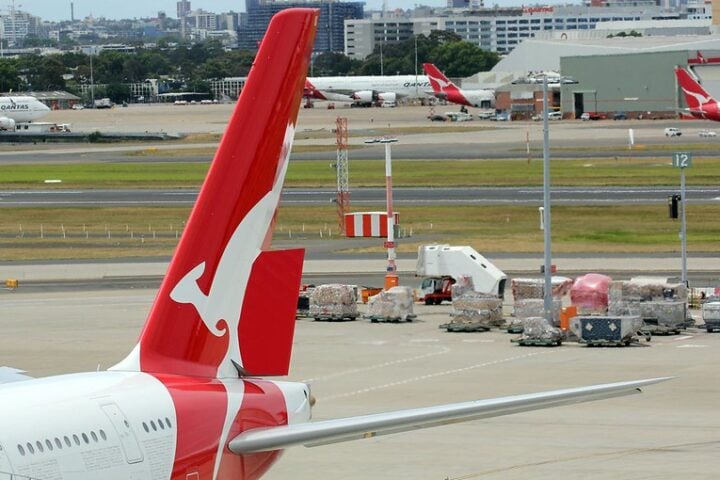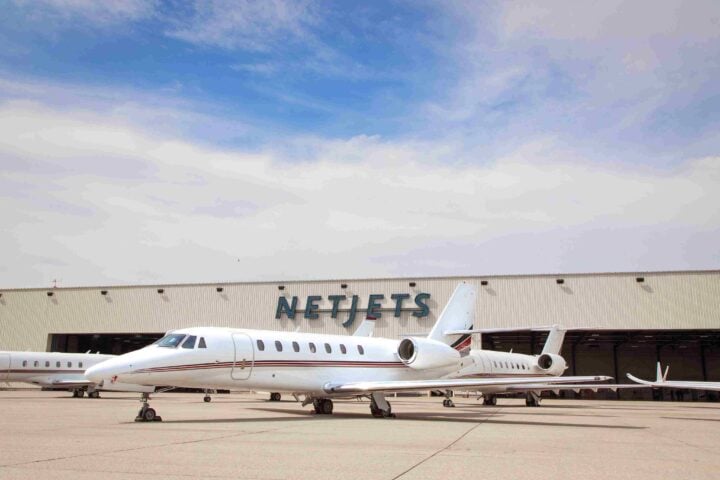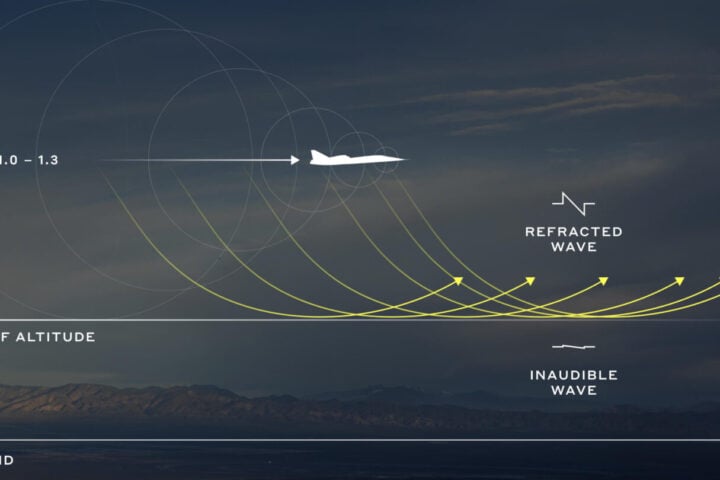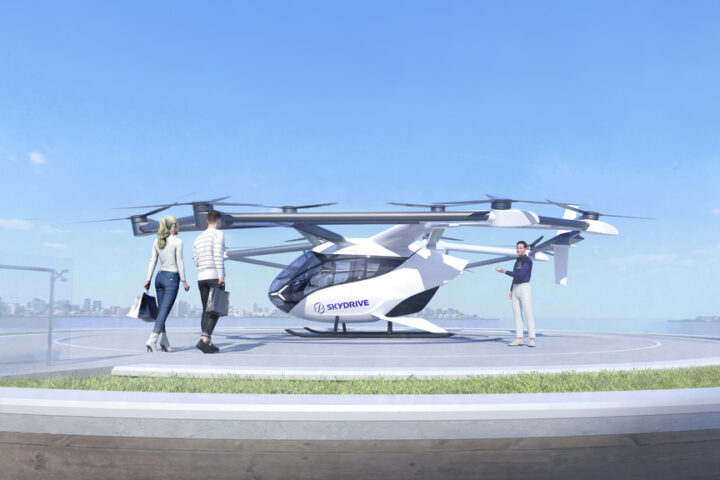San Diego-based aerospace startup Natilus has developed the Horizon Blended Wing Body (BWB) aircraft, presenting a 200-passenger commercial transport solution that could reduce carbon emissions by 50% on transatlantic routes like New York to London. The aircraft integrates advanced aerodynamic principles that date back to 1920s aviation engineering concepts.
The Horizon BWB achieves 30% lower fuel consumption compared to similar-capacity conventional aircraft through its integrated wing-body design. The aircraft provides 40% greater interior volume while maintaining payload capabilities equivalent to narrow-body aircraft like the Boeing 737 and Airbus A320. This enhanced volumetric efficiency stems from the elimination of the traditional wing-fuselage junction, resulting in reduced form drag and improved lift distribution across the entire airframe.
“The commercial aviation industry is looking for real solutions to become more sustainable, more efficient, and more profitable,” states Aleksey Matyushev, CEO and co-founder of Natilus. “With the Horizon, we’re introducing improved aviation economics that benefit the industry while helping safeguard our planet for future generations.”
The BWB configuration represents a departure from the conventional tube-and-wing architecture that has dominated commercial aviation since the 1930s. Unlike pure flying wing or lifting body designs, the BWB concept creates a seamless transition between wing and fuselage sections. This engineering approach enables the entire aircraft surface to contribute to lift generation, optimizing aerodynamic efficiency.
Natilus has engineered the Horizon for compatibility with existing airport gate operations and infrastructure, addressing a critical concern for new aircraft architectures. The design maintains operational flexibility while delivering a 25% reduction in overall aircraft weight compared to conventional designs.
The Horizon’s expanded internal volume accommodates future propulsion technologies, particularly hydrogen fuel systems. The BWB configuration provides space for large hydrogen tanks and associated support systems, positioning the aircraft for potential zero-emission operations as hydrogen infrastructure develops.
More Stories
The timing of Natilus’s entry coincides with manufacturing capacity constraints among established manufacturers and Boeing’s ongoing challenges. The company builds upon experience from its Kona cargo aircraft program, which carries 3.8 metric tons with a 900 nautical mile range in a proprietary diamond-shaped cargo bay.
Major aerospace manufacturers are also exploring BWB configurations. Airbus has developed the Maveric concept through its UpNext program, while the US Air Force collaborates with JetZero and Northrop Grumman on military transport applications. The B-1 Lancer bomber previously demonstrated BWB principles in military aviation.
The BWB configuration presents unique challenges for window placement and passenger comfort. Traditional side windows may be limited by the curved body structure, requiring innovative solutions for maintaining passenger connection to the external environment. The design team must balance aerodynamic optimization with passenger experience requirements.
Natilus targets early 2030s for customer deliveries, aligning with industry sustainability goals. The former Boeing CEO, Dennis Muilenburg, has endorsed the Horizon’s potential to transform fleet operations and enhance passenger experience. The company has established a partnership with ZeroAvia for hydrogen-electric propulsion development, demonstrating commitment to multiple sustainable aviation pathways.
The BWB concept builds upon nearly a century of aerodynamic research, from early 1920s proposals through military applications to commercial adaptation. Natilus’s implementation combines this heritage with modern computational fluid dynamics and materials technology, creating an aircraft that could alter commercial aviation’s environmental impact while maintaining operational practicality.
